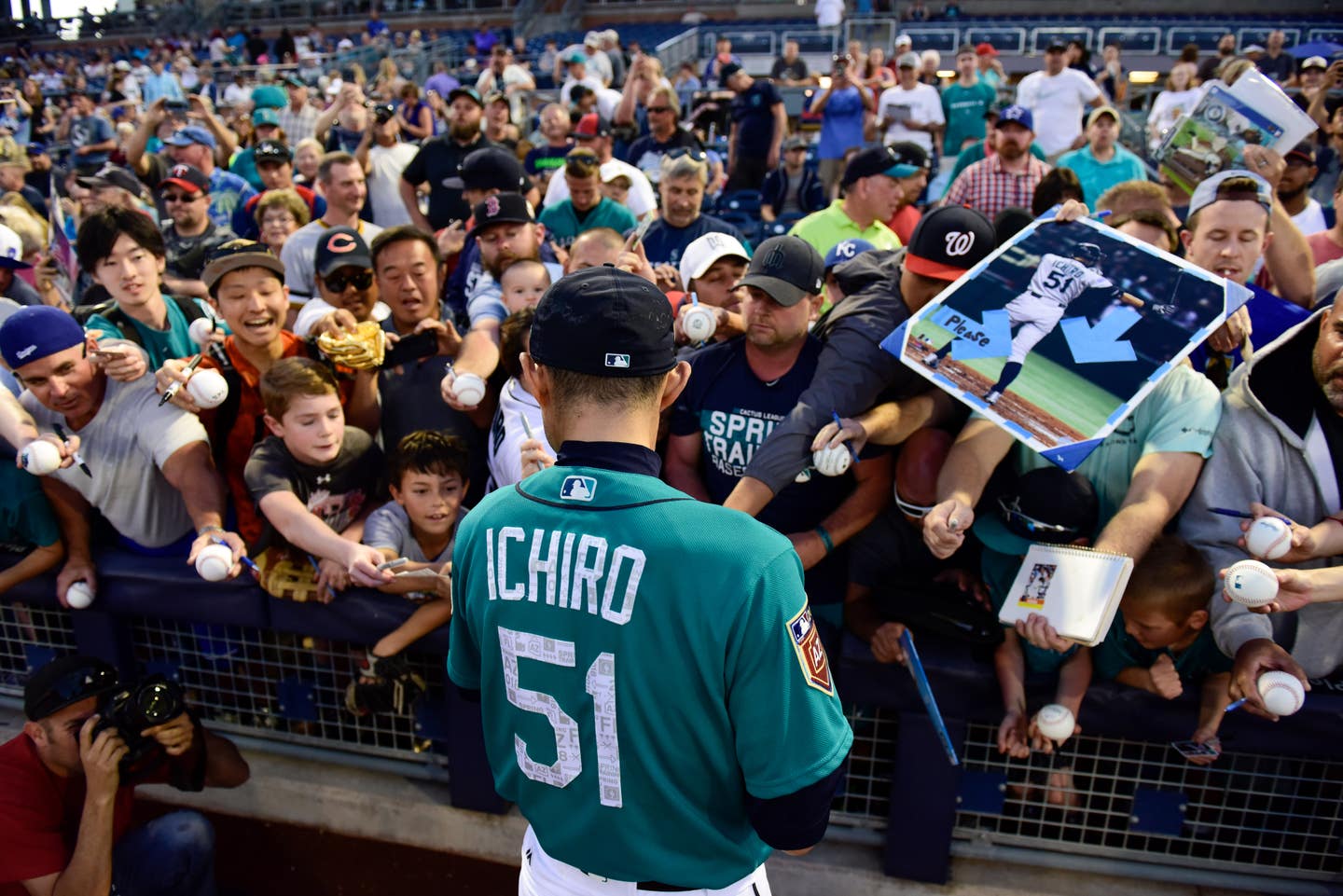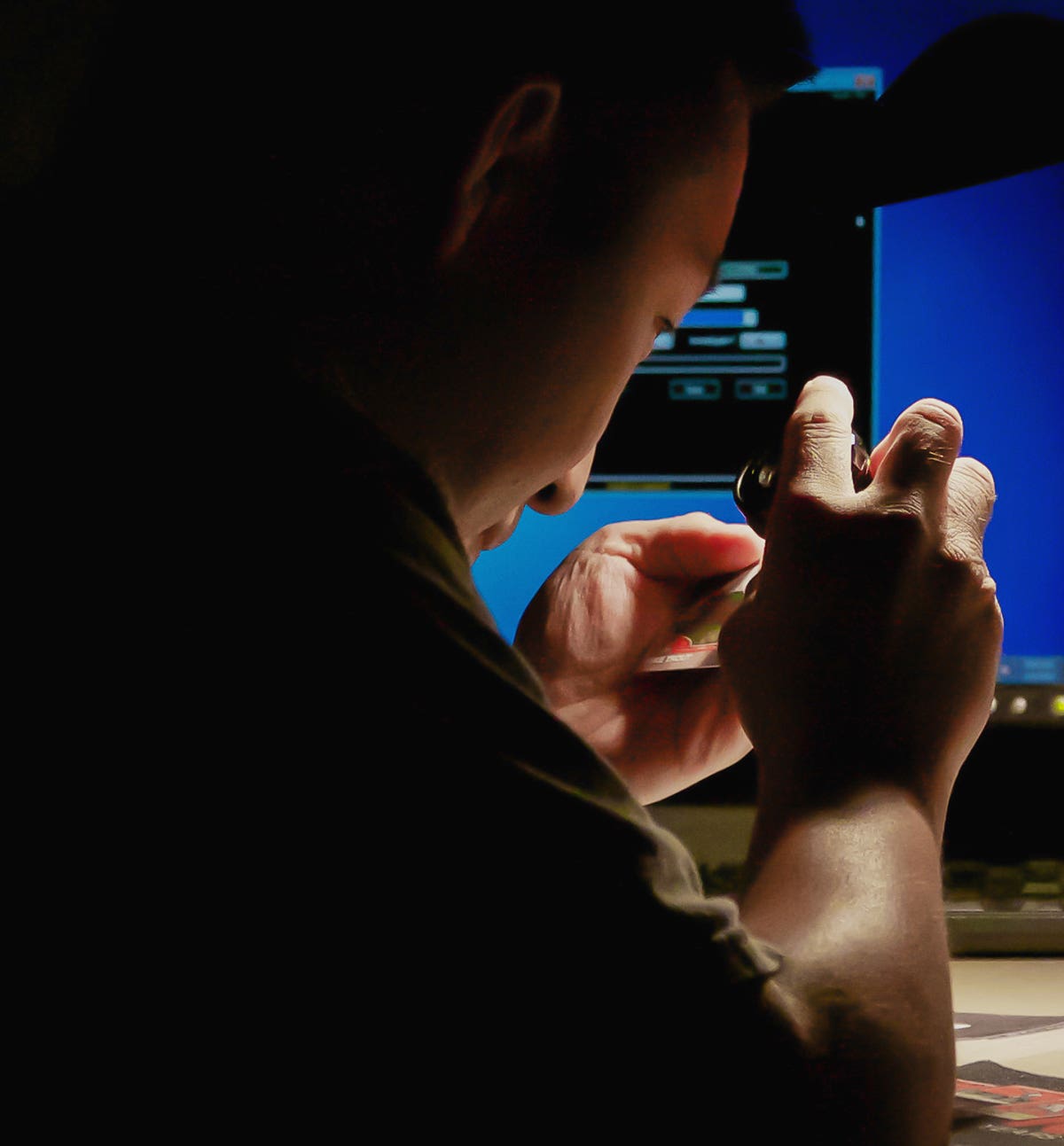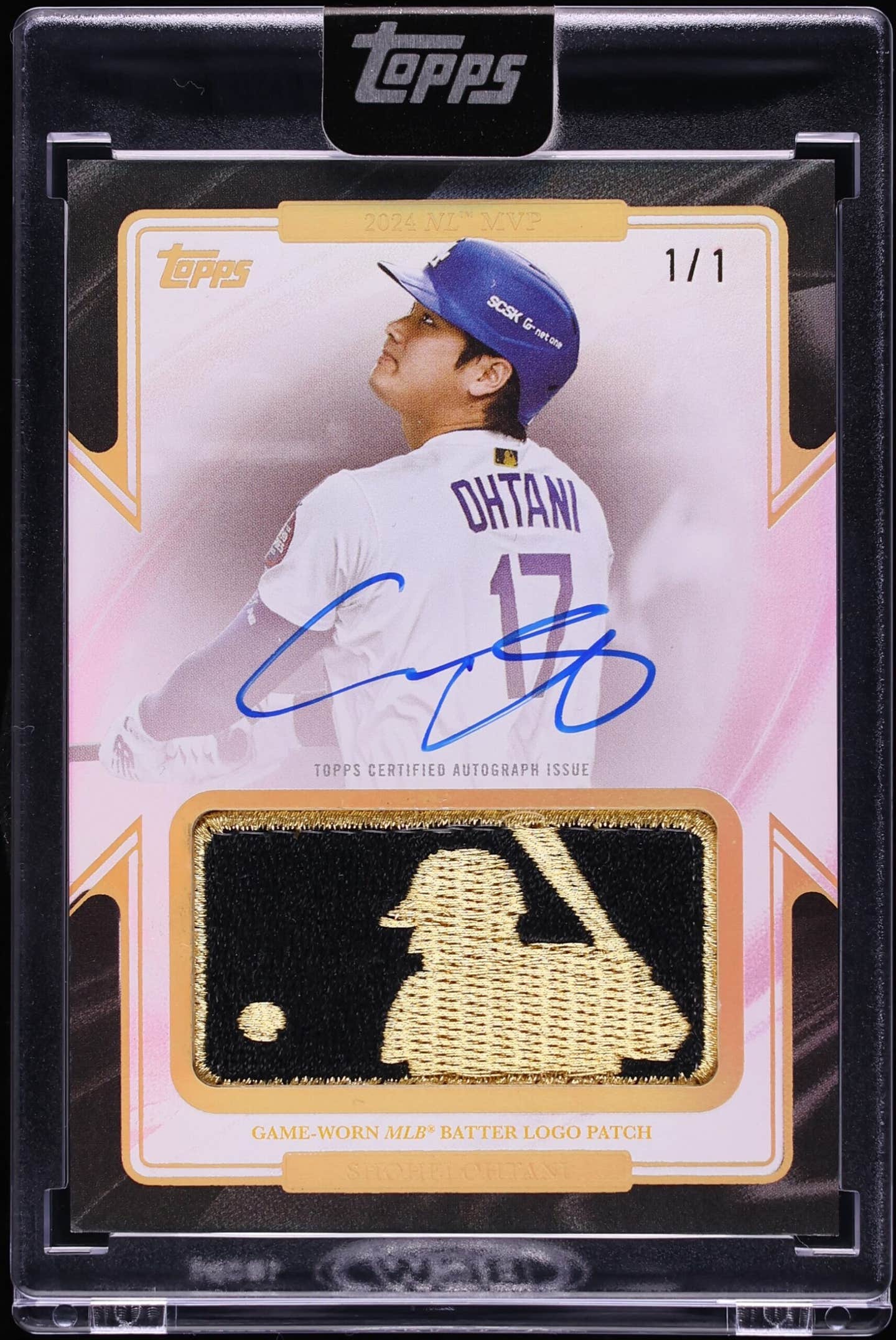
News
How Hall of Famer Ichiro Suzuki sparked the rising tide of sports card hobby in Japan
As the back of Mr. Suzuki’s 1997 Calbee baseball card says, Ichiro is “a superstar who needs no introduction.”
“He was like Michael Jackson over there,” said Willie Fraser, who teamed with Ichiro in Japan on the Orix BlueWave from 1996-98. “We would come off the bus on the road and if he got too close to the ropes—these haphazard ropes put between the fans and us walking off the bus—they would grab him and pull him into the crowd.
“We had to go and get him a couple of times,” Fraser said, adding that Ichiro interacted well with fans and in most regards fans were “ultra-polite.”
You Also Might Like:
Ichiro, who elected to the Baseball Hall of Fame in January, will be remembered and honored by his countrymen during the March 18-19 MLB Tokyo Series between the Cubs and Dodgers.
The BlueWave were a thrilling and fascinating team that featured not only Ichiro but future major leaguers Shigetoshi Hasegawa and So Taguchi. The BlueWave were based in Kobe, Japan from 1991-2004. The team won the Japan Series in 1996. Following the 2004 season, the BlueWave merged with the Osaka Kintetsu Buffaloes to form the Orix Buffaloes, based in Osaka.
The rise of the BlueWave and Ichiro coincides with the buildup of the sports card hobby in Japan, which was led by Japan’s top card producer, BBM. BBM’s first set, issued in 1991, has a rookie card of Hasegawa, who won the 1991 Pacific League Rookie of the Year award as a pitcher. The 1992 BBM set features a rookie card of Taguchi, winner of five Gold Gloves in Japan. The 1993 set has Ichiro’s rookie.
Throughout the rest of the decade of the 1990s, card shops and card shows popped up in Tokyo and other cities. Ichiro, the big star at the time, certainly influenced the rising tide of the hobby in Japan.
Besides the BBM rookie, two other 1993 issues of Ichiro are found in Tomy I.D. and Takara sets. Tomy I.D. sets were made for just two years. Ichiro’s card has a purple border. Takara cards, made from 1978-98, came in team sets and were used to play a dice game.
Although BBM was the leading producer of Ichiro cards during his career in Japan, a number of other BlueWave Ichiro cards were made by the snack food company Calbee. Calbee has been making baseball cards in Japan annually since 1973, offering one card and then later two cards with packages of snack foods, such as potato chips.
A 1995 card (#33) of Ichiro shows him swinging the bat without headgear. The card was voted #3 Card of the Year by Japan’s “Sports Card Magazine.”
Another 1995 Calbee card (#34) makes a point of showing the “Ichiro” name on the back of his jersey. The writeup on the back of the card says that it was a hot topic when, just prior to the start of the 1994 season, Ichiro registered his name simply as “Ichiro” without his last name. The change was made at the behest of BlueWave manager Akira Ohgi, who thought the “Suzuki” surname was too common for the future star.
A 1997 Calbee card (#13) shows Ichiro in the middle of his “pendulum” leg sweep that he used at the plate. On Ichiro’s sleeve is written “Ganbarou Kobe,” which could be translated as “Hang in there, Kobe.” The slogan was added to the BlueWave uniforms following the Great Hanshin Earthquake that devastated the city of Kobe on Jan. 17, 1995.
ICHIRO’S TEAM
In the year of the earthquake, Orix won the Pacific League pennant. The following year the team won the 1996 Japan Series and became champions of all Nippon Professional Baseball (NPB), defeating Hideki Matsui and the Yomiuri Giants of the Central League.
Ichiro hit a homer in the 10th inning of the first game of that Japan Series to put his team ahead for the win. Fraser, in his first year with Orix, pitched into the seventh inning in Game 2 without allowing a run and got the victory over the Giants.
“There was no doubt that in ’96 it was his team,” Fraser said about Ichiro. “We just all were a part of it. But it was great. I loved being in Japan for the three years I was there. I wouldn’t trade that for the world. It was a great experience. The fans were great. The team was awesome.”
Fraser, who is now a scout for the Kansas City Royals, pitched in the major leagues from 1986 to 1995 for the California Angels and four other teams before closing out his playing career with Orix. When Fraser arrived in Japan he found that his locker was right next to Ichiro’s. Fraser said that Ichiro “wasn’t a big talker.”
“He was a student of the game,” Fraser said. “I know he paid attention a lot. You just didn’t see it.”
Fraser saw Ichiro, who won seven straight batting titles in Japan, not only hit for average but hit for power, steal bases, pitch the final out in an All-Star game, and play “unbelievable defense.”
“Having Ichiro and Taguchi in the outfield, definitely as a pitcher, you’re not mad,” Fraser said. “Those guys are running down stuff all over the place, making plays for you.
“Some of the things that he was able to do while I was over there with the bat, he just changed the game,” Fraser also said about Ichiro. “When he’d get on, things changed. When he’d get up to the plate, things changed. I saw him get hit by the pitcher, and then the next at-bat he hit the pitcher with a line drive. I saw that several times.
“He’d always play. He played every day, no matter how bad he got hit or hurt. Found a way to get himself ready to play the next day. Pretty amazing. One of the most flexible people I’ve ever seen. He stretched more than anybody I’ve ever seen in my life.”
Fraser remembers stretching one day with Ichiro in 1997, and Ichiro asking if Fraser thought he could play in the major leagues. Fraser gave an affirmative. Ichiro then mentioned one more thing he wanted to do in Japan before going to the States.
“I said, ‘What’s that?’” Fraser recalled. “And he goes, ‘Consecutive at-bats without striking out.’”
Ichiro set the record that year with 216 at-bats with no strikeouts. The previous record was 208.
MORE ICHIRO CARDS
In 2001, Ichiro’s first year with the Mariners, Calbee issued one last card of the superstar. It was a reprint of a 1994 C-37 Calbee card. Calbee’s first three Ichiro cards, numbered C-37, C-38, and C-39, were issued in 1994. These rare cards were part of a limited regional issue known as the Hokkaido set (and reportedly there are many counterfeits).
The back of the 1994 C-37 Calbee card describes Suzuki’s high school career as an outfielder and pitcher. Despite his apparent hitting and defensive abilities, Ichiro, with his slight frame, was not picked until the fourth round of the 1991 NPB draft.
“First time I saw him, it was like, man, this guy’s little,” Fraser said. “But that was just in stature. Because everything else he did was big. There wasn’t anything that that kid couldn’t do.”








